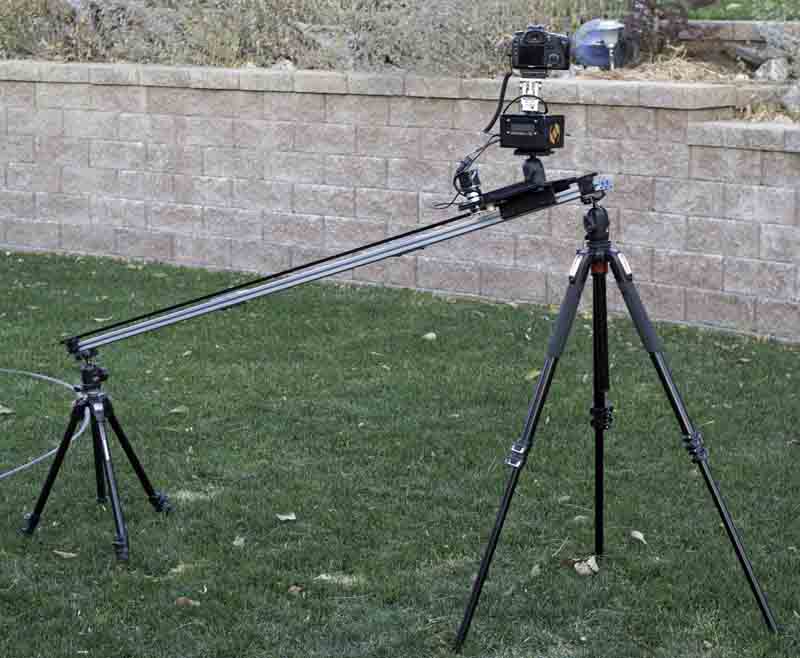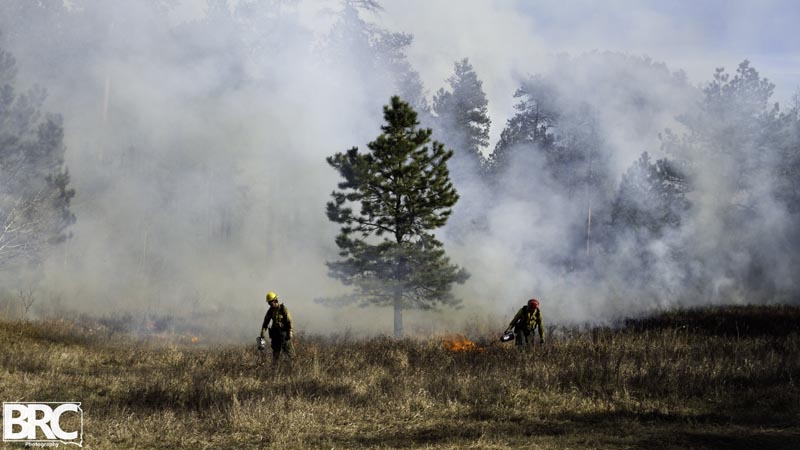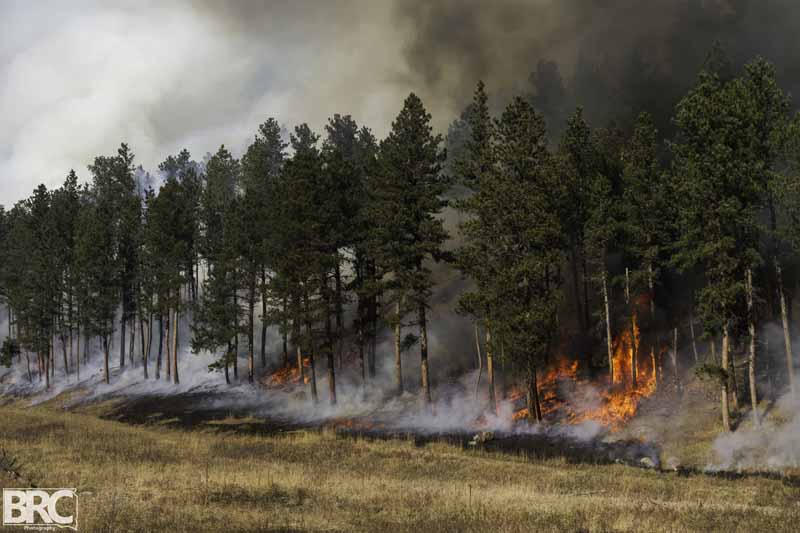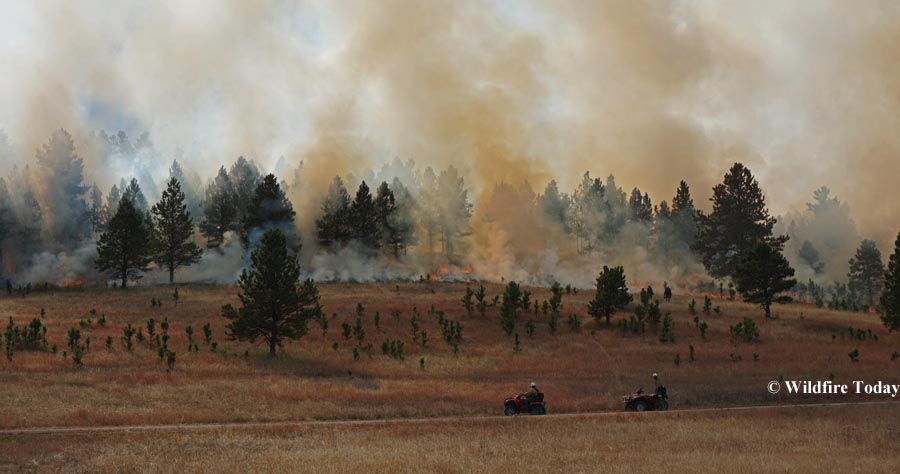
Being an enthusiastic amateur photographer, I was curious about how Benjamin Carstens made the time lapse video of the Whaley Gulch prescribed fire north of Hill City, SD that we published a week ago. It was not an ordinary time-lapse — it was obvious that the camera was moving very smoothly while the images were being recorded.
Mr. Carstens told us that he used a Canon 5D Mark3. He began the shot at about 5:45 p.m. and ended it at 9 p.m. He used Photoshop and Lightroom to do basic editing, and then Irtimelapse to merge the individual images, shot 25 seconds apart, into a video.
The photo above shows his dolly or slider that moves the camera while the photos are being taken.
There are other cameras that can make time lapse videos without the need for any other equipment. But without the dolly/slider you will not get the camera movement effect which adds a degree of professionalism. Some GoPro cameras can shoot time lapse, but may require some manipulation in their proprietary software to produce the finished video product.
I recently got a Sony A6000, a mirrorless interchangeable lens camera, to which I uploaded an optional software app for time lapse. It creates the video directly without the need for any other processing or software. I really like the camera. Since it does not have a mirror that flops up and down when you take a photo, it can be much smaller and lighter than a conventional DSLR. It has a 24 MP APS-C sensor, ISO up to 51,200, one of the fastest auto focusing systems in existence, can shoot at 11 frames per second (great for air tankers dropping), and built in Wi-Fi, making it possible to transfer photos to your cell phone or computer without swapping cards.
I made the above 13-second time lapse video with the Sony camera, showing clouds moving toward the south over a 45 minute period. The 390 images were shot 7 seconds apart and saved by the camera as a 30 frames per second 279MB .avi file, which I converted on my computer to a 13MB .wmv file. I am looking forward to making a time lapse of a wildfire.
Mr. Carstens sent us more photos taken at the Whaley Gulch prescribed fire as the crews were finishing up the project on November 6.















